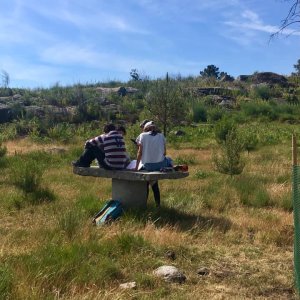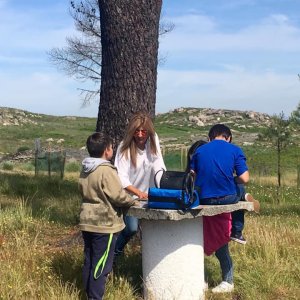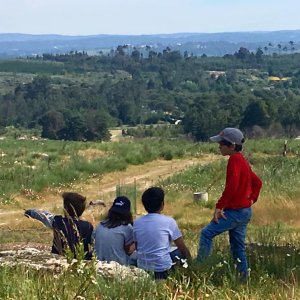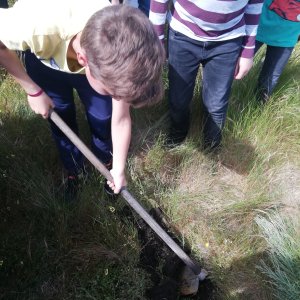
Reforestation of Serra de Santo António
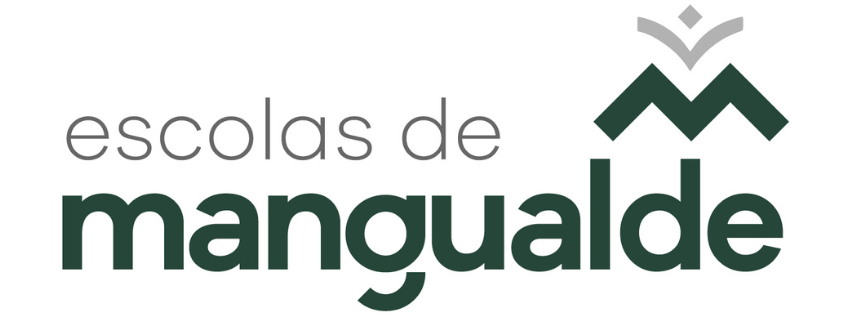
Activity description
In this activity, students travel to Serra de Santo António, an area severely affected by wildfires, to solve contextualized math problems, particularly involving area, least common multiple, and greatest common divisor, based on a designated plot of land for reforestation.
After performing the calculations, students plant shrubs on the land, identify local biodiversity, and discuss society’s role in nature conservation.
Computer with Google Earth Pro installed
1 tablet per group
Activity guide in Google Forms
Supporting daily logbook
Student project identification sign
Odometer
Red or yellow string
30 cm stakes
Agricultural tool for planting
Water for irrigation
Visit the land at Serra de Santo António to assess the conditions for planting strawberry trees (medronheiros);
Provide 5 shrubs per group to plant at Serra de Santo António;
Provide one shrub for each student to take home;
Provide transportation for students from school to Serra de Santo António.
Student profiles
Essential learnings
Activity guides
Preliminary Activities
The wildfires that occurred in the Mangualde region in recent years are discussed, and students are asked about the topic and whether they would like to share any personal stories.
Students are questioned about the impact of wildfires on animals, plants, and fungi, exploring the consequences for biodiversity.
They are asked whether they know Serra de Santo António, and using the classroom computer, the area is explored with Google Earth to check for burned areas.
A computer is assigned to every two students, and some Google Earth functionalities are explored, such as:
-
Searching for different locations on the planet;
-
Zooming in and out;
-
Measuring distances;
-
Calculating areas and perimeters of polygons.
After exploring these features, students are asked to locate Serra de Santo António and observe any burned zones. The following image is then shown, and students are asked to observe the areas marked in red. On their respective computers, they are asked to mark and calculate the perimeter and area of a burned area. Students are informed that the next session will take place at Serra de Santo António.
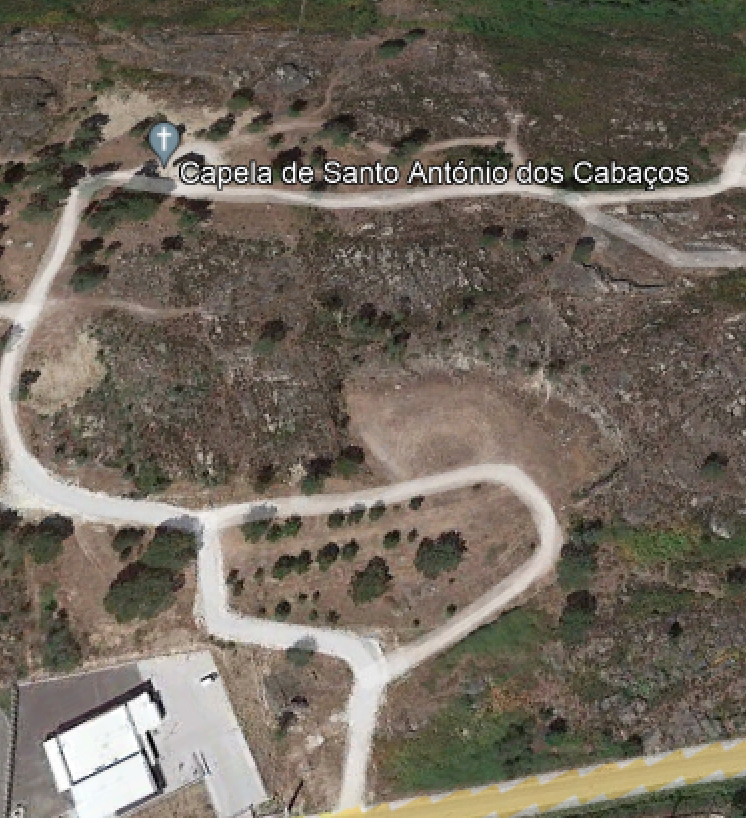
Activity Introduction
On the day of the field trip to Serra de Santo António, the class is divided into groups of 3 to 4 students and tablets are distributed to each group along with the student activity guide.
Activity Development
At the location, students are asked to answer up to question 4 in the student guide. The teacher questions and monitors the work of all groups, asking questions such as:
-
Do you agree with the statement in point 1?
-
What human actions have a negative impact on biodiversity here in Serra de Santo António?
-
Are there human actions that can be considered positive? Why?
-
Does reforestation contribute to increased biodiversity (plants, animals, fungi)? Justify your answer based on the surrounding environment.
-
Can the strawberry tree (medronheiro) be considered an exotic species in our region? Why?
In question 5 of the student guide, students must use their logbooks to make their mathematical reasoning explicit when solving the problem.
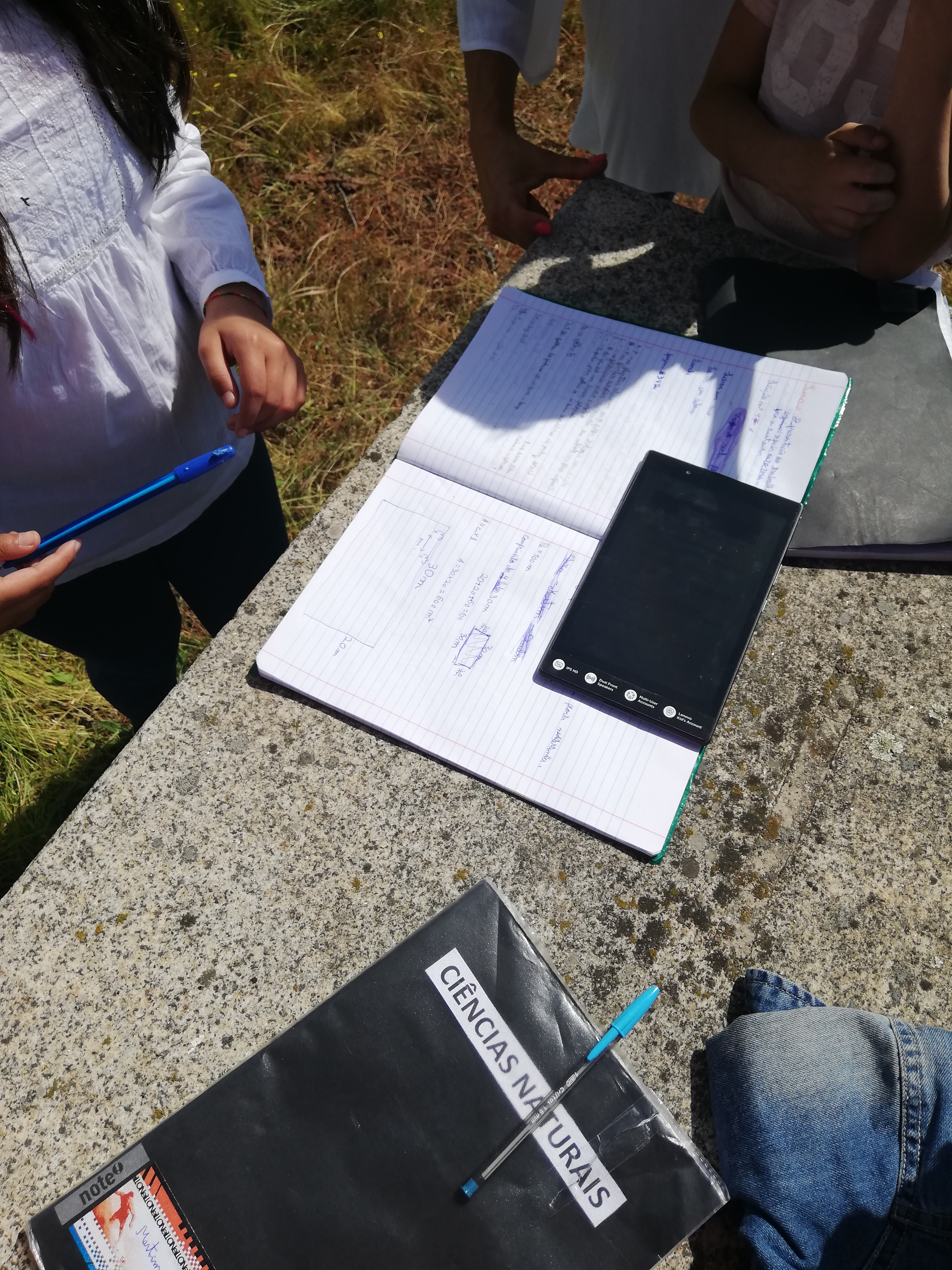
Students must sketch the area to be reforested, recording its perimeter and area. They are then asked to exchange their work with another group and correct it, providing feedback to their peers.
Once all group answers are validated, the planting of strawberry trees begins—four per group—in the previously identified area. With the teacher’s help, they measure using the odometer and determine spacing (distance between the plants), marking the soil with an agricultural tool. They should carefully follow point 6 of the guide and complete all indicated steps, taking photographic records with the tablet.
Activity Conclusion
Back in the classroom, the Student Guide is reviewed with the whole group, and some of the photos taken by the groups are shared.
Essential learnings
Evidence / Student action
- Caracterizar alguma da biodiversidade existente a nível local, regional e nacional, apresentando exemplos de relações entre a flora e a fauna nos diferentes habitats; Formular opiniões críticas sobre ações humanas que condicionam a biodiversidade e sobre a importância da sua preservação.
- Respostas ao questionamento oral formulado durante a resolução das questões 1, 2, 3, 4 e 5; Respostas dos alunos às questões mencionadas anteriormente.
- Calcular perímetros e áreas de polígonos, por enquadramento ou por decomposição e composição de figuras planas; Reconhecer múltiplos e divisores de números naturais, dar exemplos e utilizar as noções de mínimo múltiplo comum e máximo divisor comum na resolução de problemas em contextos matemáticos e não matemáticos.
- Resolução da questão 6 do Guião do Aluno.
ICNF. (2022). BDG/areas_ardidas (Map server). Acedido em https://sigservices.icnf.pt/server/rest/services/BDG/areas_ardidas/MapServer em 30 de junho de 2022
Now that you are in the Serra de Santo António, take time to enjoy the surrounding environment and carefully observe possible interactions between living beings and their environment. You will notice that the place where you are was recently affected by a wildfire, causing losses to the local biodiversity. After spending some time observing the area, find a pleasant spot with your group (shade, bench, green space) to answer the following questions.
1. Humanity is one of the main causes of the decline in plant biodiversity on the planet. Based on this assumption, answer the following questions.
1.1 Identify three examples of human actions that have a negative impact on plant biodiversity.
1.2 Discuss with your classmates the actions listed and justify them, considering possible local impacts.
2. Give three reasons that explain why reforestation is one of the key measures that helps promote plant biodiversity.
3. From the following actions, select those you believe can contribute to increasing plant biodiversity:
-
Creation of botanical gardens
-
Control of pesticide and fertilizer use
-
Protection of endangered species
-
Elimination or control of invasive plant species
-
Promotion of recycled paper use

4. Did you know that the strawberry tree (Arbutus unedo) is a Mediterranean species distributed throughout the country, except in very cold or dry habitats? In addition to its active resistance to forest fires, it produces edible fruits that are highly appreciated and used in the production of liqueurs and spirits.
4.1 Would the strawberry tree be a good species to reforest the area where you are? Justify your answer by referring not only to the importance of the strawberry tree for the site but also for society.
5. The strawberry tree is a native species because… (select the correct option)
-
… it is native to Portugal
-
… it is native to another country
-
… it is a deciduous plant
6. As you have already observed, the area where you are was affected by a wildfire. As you know, wildfires are responsible for the destruction of flora in our country. To help mitigate this issue, today you will plant strawberry trees, starting the reforestation process of this burned area. Before you begin planting, you need to make some calculations and measurements using the following data:
-
Total perimeter of the area to be reforested: 100 meters
-
Length of one of the four sides: 30 meters
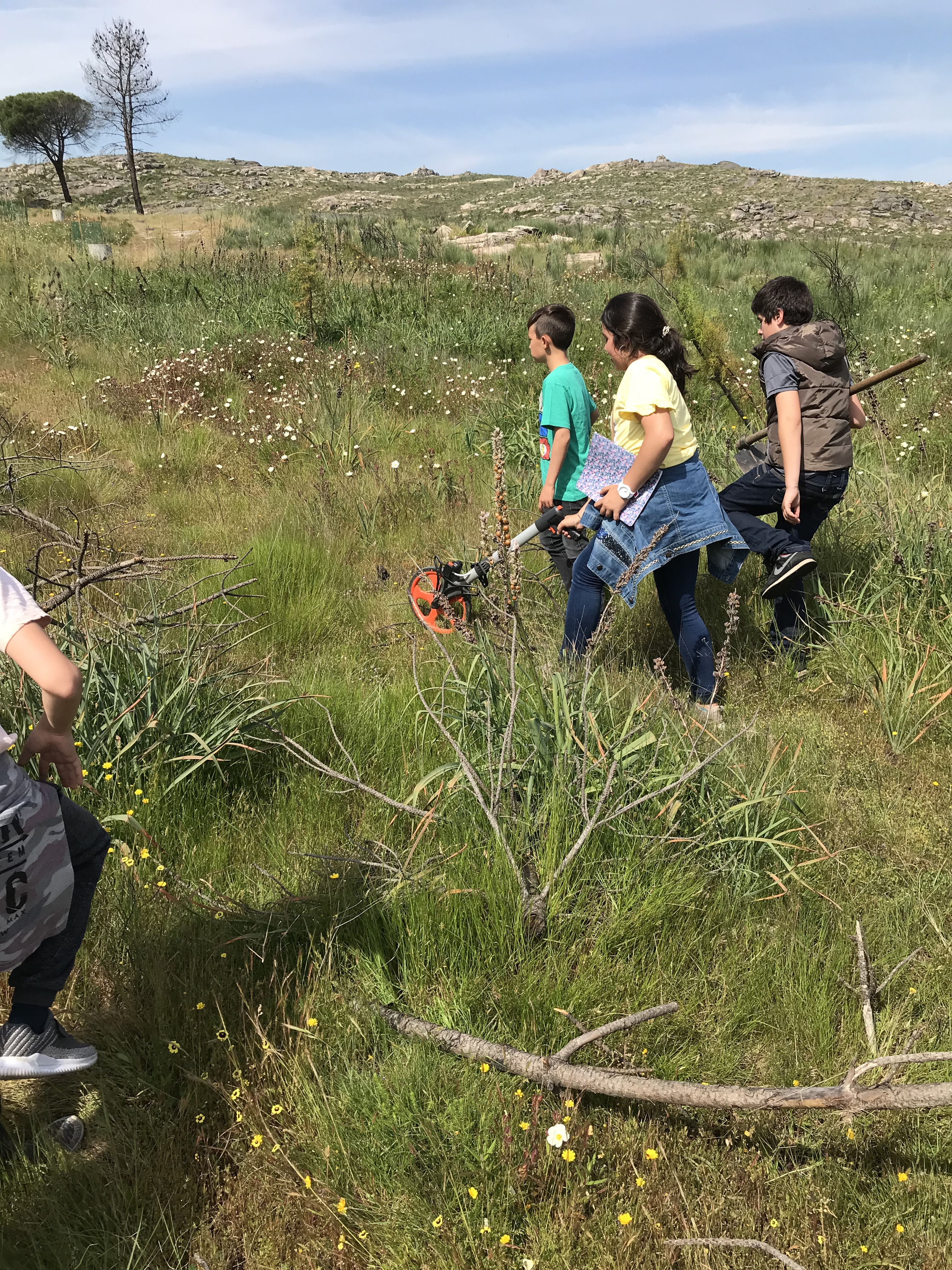
Calculate the width of the area to be reforested.
Using the odometer, starting from one of the vertices of the burned area, walk along the perimeter, placing a stake at each vertex.
Calculate the area of the land marked for the planting of strawberry trees.
Calculate the number of strawberry trees that can be planted in the section of land, knowing that the recommended spacing is 4 meters.
7. Steps for planting the strawberry tree…
(mark with an X each time you complete a step)
-
☐ Mark a planting line with stakes and string, respecting the 4 m spacing;
-
☐ Dig a hole with the appropriate tool, about 30 cm deep and wide;
-
☐ Place a strawberry tree inside the hole;
-
☐ Fill half the hole with soil;
-
☐ Add water until the soil is soaked and wait long enough for the water to infiltrate;
-
☐ Add more soil until the hole is completely covered;
-
☐ Water the strawberry tree again;
-
☐ Place decomposing organic matter on top of the loosened soil;
-
☐ Place an identification sign for the activity carried out.
NOTE: Activity guide created in digital format to allow easy response in an outdoor setting.




